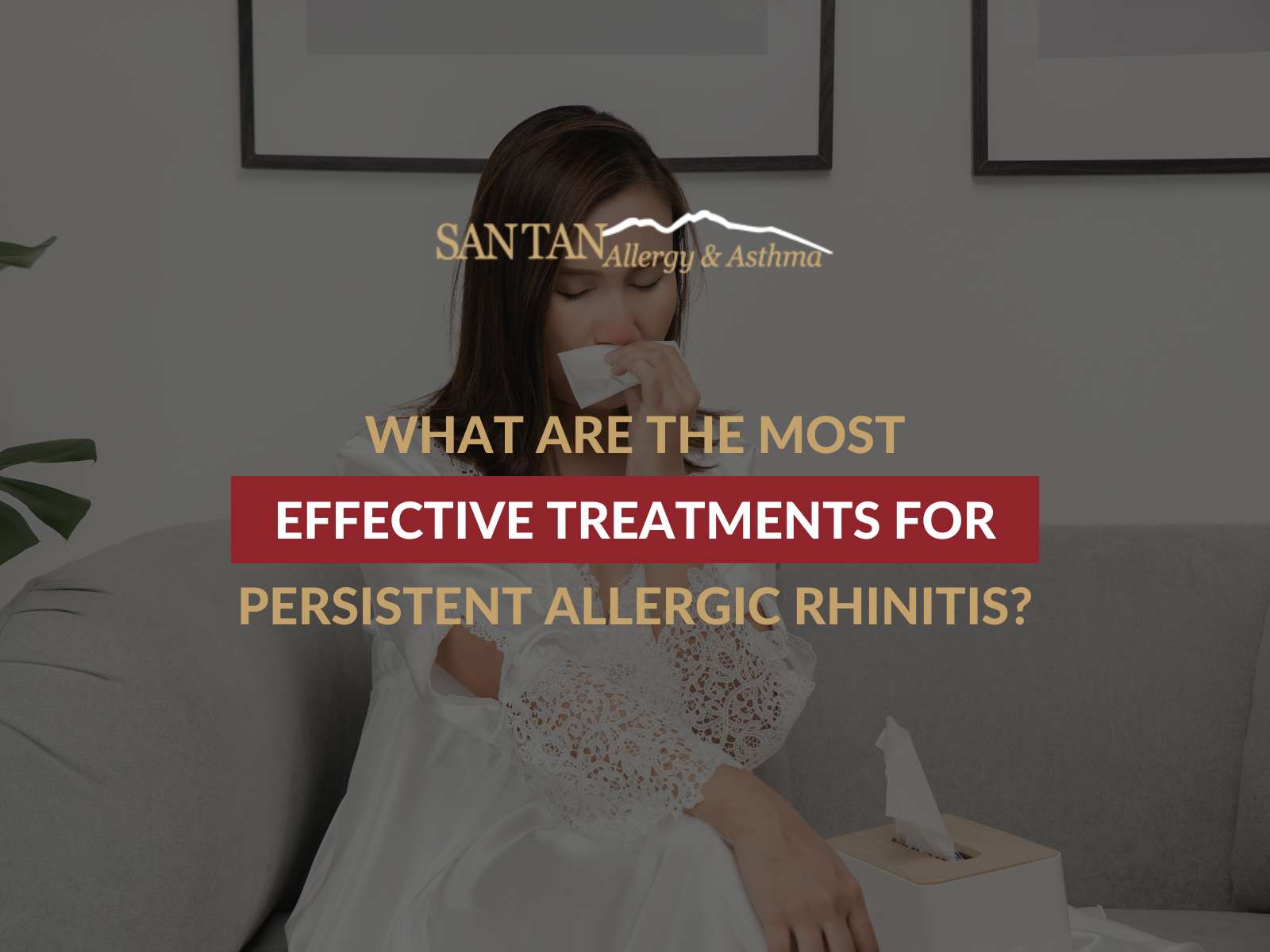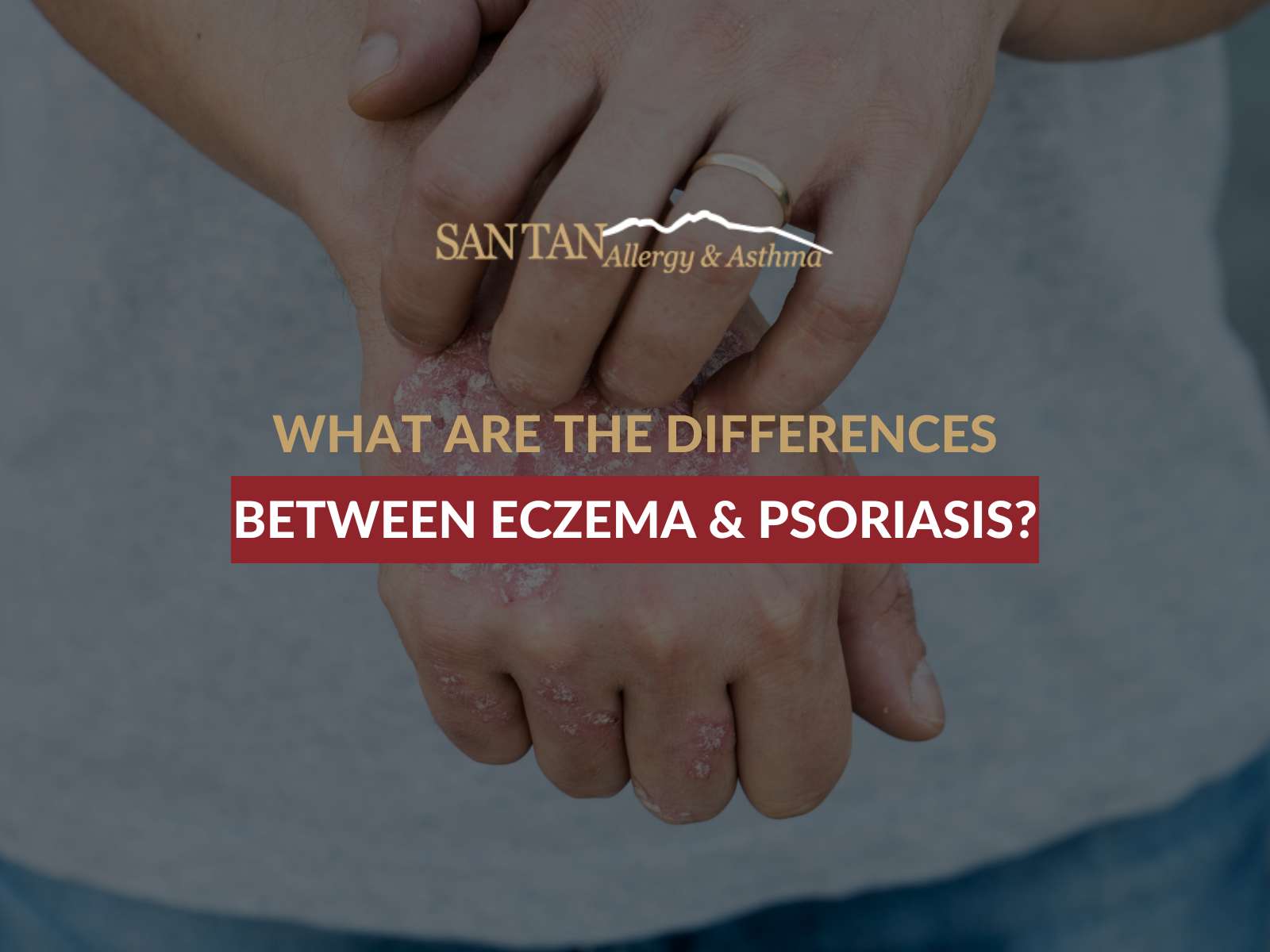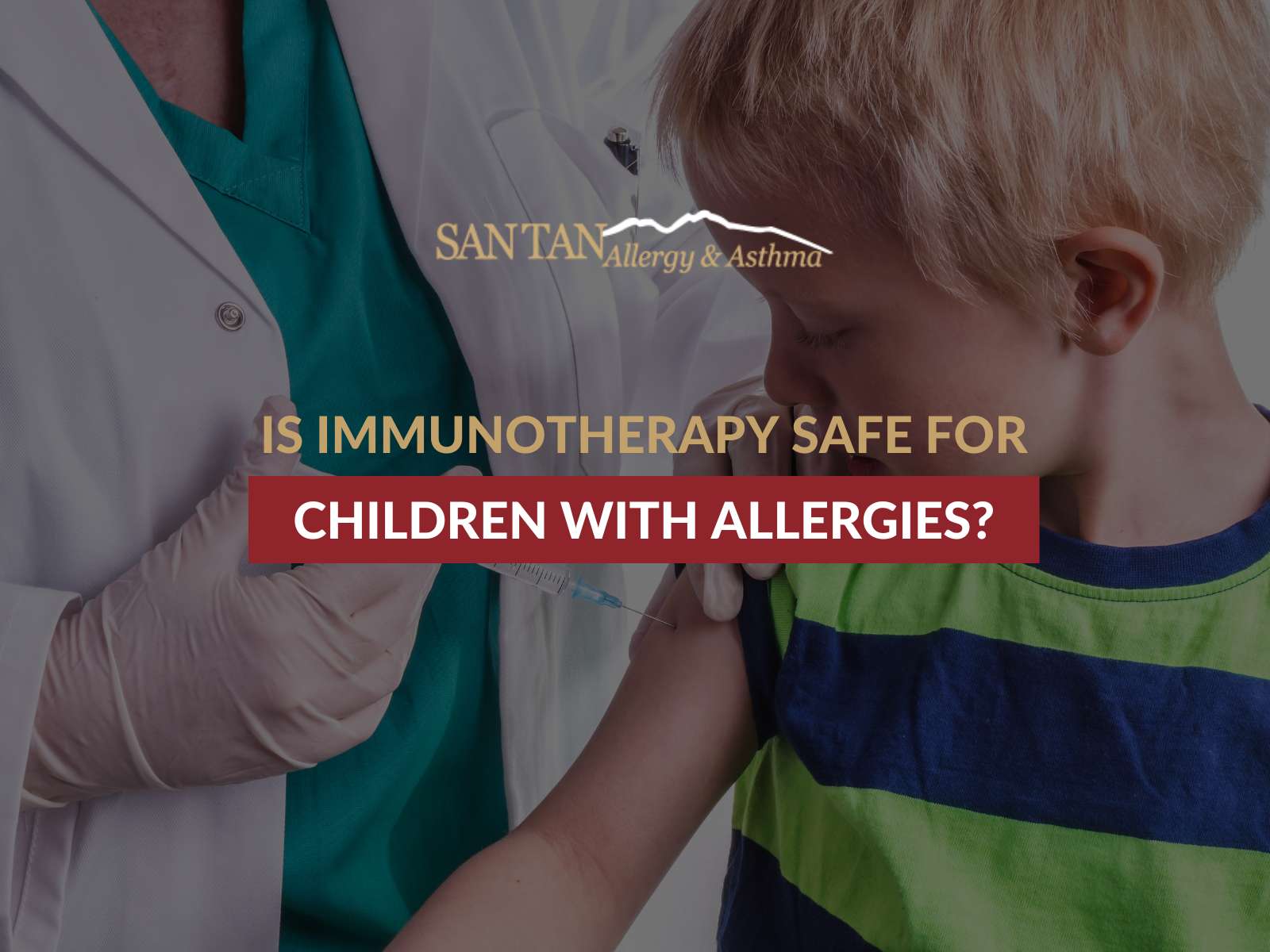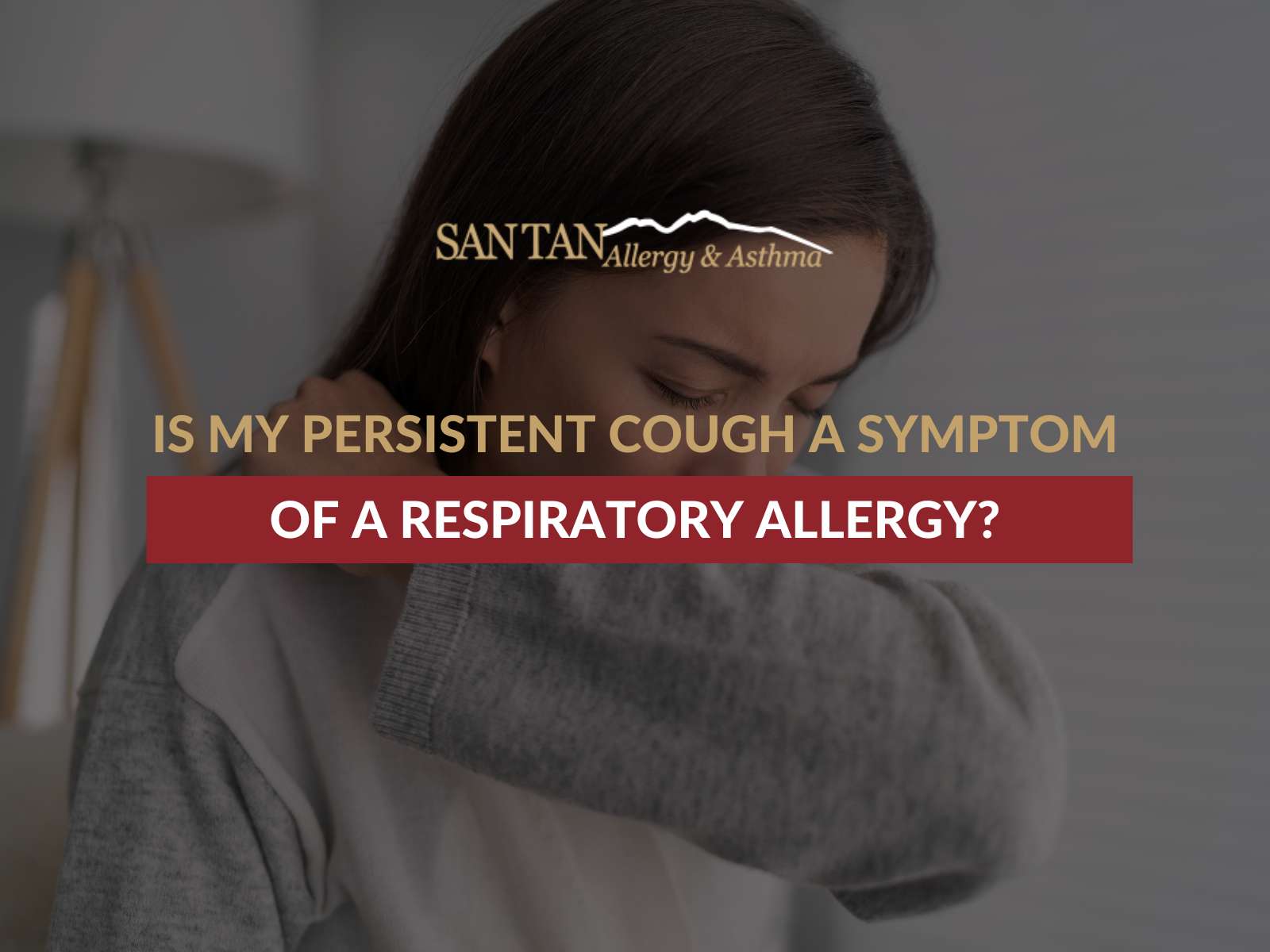GI Conditions
Eosinophilic Esophagitis
What is Eosinophilic Esophagitis (EoE)?

Eosinophilic esophagitis (EoE) is a chronic, allergic inflammatory disease that occurs when there is an increased number of eosinophilic in the esophagus (the tube connecting the mouth to the stomach). Eosinophils are a type of white blood cells that help fight parasite infections and are involved in allergic reactions. They are not normally found in the esophagus, although they may be found in small numbers in other areas of the gastrointestinal tract. Gastroesophageal reflux disease (GERD), drug reaction, and inflammatory bowel disease (Crohn’s disease) can also cause elevated numbers of eosinophils. The eosinophils cause injury to the surrounding tissues.
People with EoE often have other allergic conditions such as nasal and eye/ocular allergies, asthma, anaphylactic food allergies, and/or eczema. EoE can be triggered by delayed reactions to foods and in some cases is inherited. Symptoms may vary among individuals and age groups. Vomiting may occur more commonly in young children while older individuals may have difficulty swallowing. Food impactions are more common in adults and adolescents.
How is EoE Treated?
Currently, there are no FDA-approved drugs indicated for the treatment of EoE. The two main treatments recommended are diet management and medications that were approved to treat other conditions, such as swallowed topicals corticosteroids (fluticasone or a budesonide mixture/slurry), and proton pump inhibitors (acid suppressors). A combination of these therapies may be recommended. Repeat endoscopies with biopsies are needed to monitor the effectiveness of the treatment plan.
How is EoE diagnosed?
To diagnose EoE, a gastroenterologist will perform an upper endoscopy. This procedure is typically not uncomfortable and can be done on an outpatient basis.
Medication Can Include:

Topical steroids- Swallowed from an asthma inhaler or mixture, to control inflammation and suppress the eosinophils

Proton pump inhibitors (PPIs)- May help reduce inflammation and control acid production
![]()
Living With EoE
The initial diagnosis of EoE can be overwhelming. It is almost always a chronic and lifelong disease, but with proper ongoing care and treatment, individuals with EoE can lead a normal life. EoE does not appear to limit life expectancy and data does not suggest EoE causes cancer of the esophagus.
The challenges of living with EoE vary, depending on the severity of illness and other factors. The following tips will help:
Eosinophilic GI Diesease (EGID)
What is Eosinophilic GI Disease (EGID)?
When a person has a high number of eosinophils in their digestive tract and other non-GI causes for it have been ruled out, he or she may have EGID. The eosinophils cause inflammation and damage to tissues and organs.
EGIDs are rare diseases that affect people of all ages and ethnic backgrounds. It is not known what causes EGID, but food and environmental allergies may play a role. People who have a personal or family history of allergic disorders (e.g., food allergy/anaphylaxis, eczema, hay fever, asthma) or with other eosinophil-associated disease may be at higher risk of developing EGID.
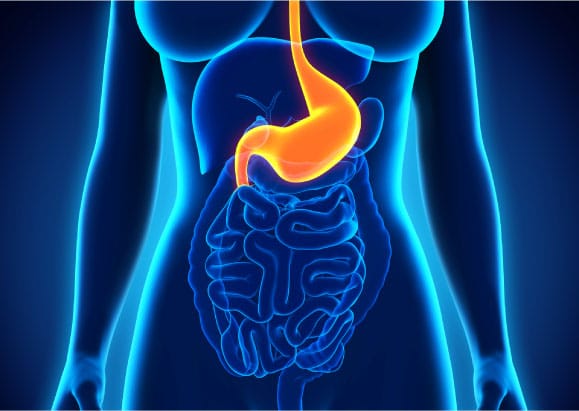
EGIDs are further defined by the area affected:
This brochure provides information about the “lower EGIDs”- eosinophilic gastroenteritis, eosinophilic gastritis, and eosinophilic colitis. Those who have a diagnosis of eosinophilic duodenitis, or eosinophilic enteritis may refer to the panel that discusses EG and EGE, as the information applies to the subsets.
For information specific to eosinophilic esophagitis, or to order brochures about that subset, visit apfed.org.
Gastroesophogeal reflux disease (GERD)
What is it?
Gastroesophogeal Esophogeal Reflux Disease (GERD) us a condition in which stomach acid or contents flow back (reflux) from the stomach and into the esophagus. This condition can occur at any age from infants to older adults however people with asthma are at higher risks of developing GERD. During an asthma exacerbation the sphincter that holds the stomach contents in the stomach relaxes and allows reflux to occur. Acid reflux may also worsen asthma symptoms by causing airway and lung irritation.
Over time this can lead to more severe asthma. Patients may be more sensitive to environmental conditions such as smoke or cold as well because of GERD. GERD commonly causes symptoms such as a burning in the mouth and throat, burping/regurgitation, and pain with swallowing however it also frequently causes symptoms such as recurrent or chronic cough, chest pain and vocal hoarseness/laryngitis. Therefore, it is important to have a thorough evaluation done if you are experiencing these symptoms. There are many lifestyle changes and medications that are used to treat GERD.
IN THE NEWS
Recent Blogs By San Tan Allergy & Asthma
What Are The Most Effective Treatments For Persistent Allergic Rhinitis?
Maximizing Relief: Integrative Approaches To Treating Persistent Allergic Rhinitis Commonly known as hay fever, allergic rhinitis is a [...]
What Are the Differences Between Eczema & Psoriasis?
Eczema Vs. Psoriasis: Symptoms, Treatments & Key Differences Eczema and psoriasis are two common skin conditions that often [...]
Is Immunotherapy Safe For Children With Allergies?
Enhancing Pediatric Allergy Treatment: The Role Of Immunotherapy In recent years, immunotherapy has emerged as a promising avenue [...]
Is My Persistent Cough a Symptom Of a Respiratory Allergy?
Exploring The Link Between Persistent Coughing & Allergic Reactions Dealing with a persistent cough can be not just [...]
Contact Us | Get Scheduled
Schedule an Appointment
Welcome to San Tan Allergy & Asthma and thank you for choosing our practice! Please provide your contact information here to schedule a New patient appointment at one of our locations and one of our front office staff members will call you within the next business day to assist you. We look forward to treating you and hope we can help you!
